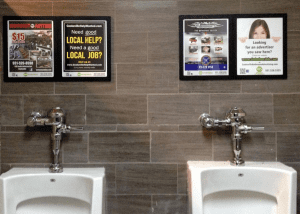
Geofencing for Small Business: Unlocking Attribution with QR
Geofencing for Small Business Isn’t Enough Without Attribution Geofencing for small business has become a buzzword for good reason—location-based marketing can transform how brick-and-mortar businesses engage potential customers nearby. Whether you’re running a coffee shop, dental clinic, or insurance office,





